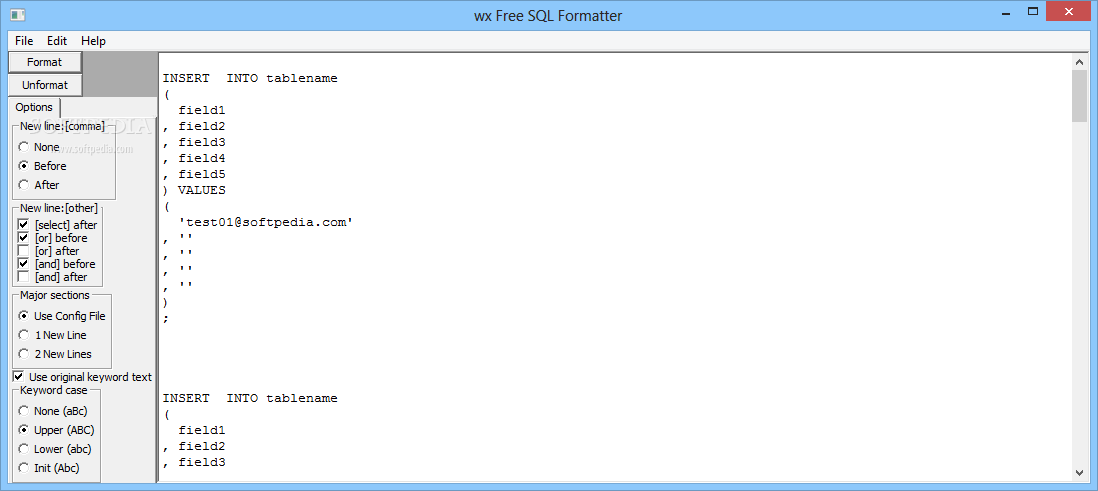

You can include multiple sets of clauses and CHAR values: The REPHEADER command defines the report header the REPFOOTER command defines the report footer.Ī TTITLE, BTITLE, REPHEADER or REPFOOTER command consists of the command name followed by one or more clauses specifying a position or format and a CHAR value you wish to place in that position or give that format. You can also set a header and footer for each report. The TTITLE command defines the top title the BTITLE command defines the bottom title. You can also set a title to display at the bottom of each page. Setting the Top and Bottom Titles and Headers and FootersĪs you have already seen, you can set a title to display at the top of each page of a report. If you use the NOPRINT option for the column on which the COMPUTE is being performed, the COMPUTE result is also suppressed. See the COMPUTE command for more details. The compute label can be suppressed by using the NOPRINT option of the COLUMN command on the break column. If you do not define a label for the computed value, SQL*Plus prints the unabbreviated function keyword. You can change the compute label by using COMPUTE LABEL. Labels for ON REPORT and ON ROW computations appear in the first column otherwise, they appear in the column specified in the ON clause. The computed values print on a separate line when the value of the ordered column changes. The function you specify in the COMPUTE command applies to all columns you enter after OF and before ON. Standard deviation of the values in the column. The following table lists compute functions and their effects For more information see the COMPUTE command. You can COMPUTE on NUMBER columns and, in certain cases, on all types of columns. The COMPUTE command has no effect without a corresponding BREAK command. To include multiple break columns and actions in BREAK when using it in conjunction with COMPUTE, use these commands in the following forms:īREAK ON break_column_1 SKIP PAGE ON break_column_2 SKIP 1

You can include multiple break columns and actions, such as skipping lines in the BREAK command, as long as the column you name after ON in the COMPUTE command also appears after ON in the BREAK command. Use the BREAK and COMPUTE commands together in the following forms:ĬOMPUTE function LABEL label_name OF column column column You do this with the functions of the SQL*Plus COMPUTE command. If you organize the rows of a report into subsets with the BREAK command, you can perform various computations on the rows in each subset. If you format an NCLOB or multibyte CLOB column with COLUMN WORD_WRAPPED, the column data behaves as though COLUMN WRAPPED was applied instead.Ĭomputing Summary Lines when a Break Column's Value Changes NCLOB or multibyte CLOB columns cannot be formatted with the WORD_WRAPPED option. You will use the WORD_WRAPPED clause of COLUMN later in this chapter. See the COLUMN command for more information on these clauses. The system variable WRAP controls all columns you can override the setting of WRAP for a given column through the WRAPPED, WORD_WRAPPED, and TRUNCATED clauses of the COLUMN command. If WRAP is set to OFF, the names are truncated (cut off) after the fourth character. If the WRAP variable of the SET command is set to ON (its default value), the employee names wrap to the next line after the fourth character, as shown in Example 6-5, "Formatting a Character Column".


 0 kommentar(er)
0 kommentar(er)
